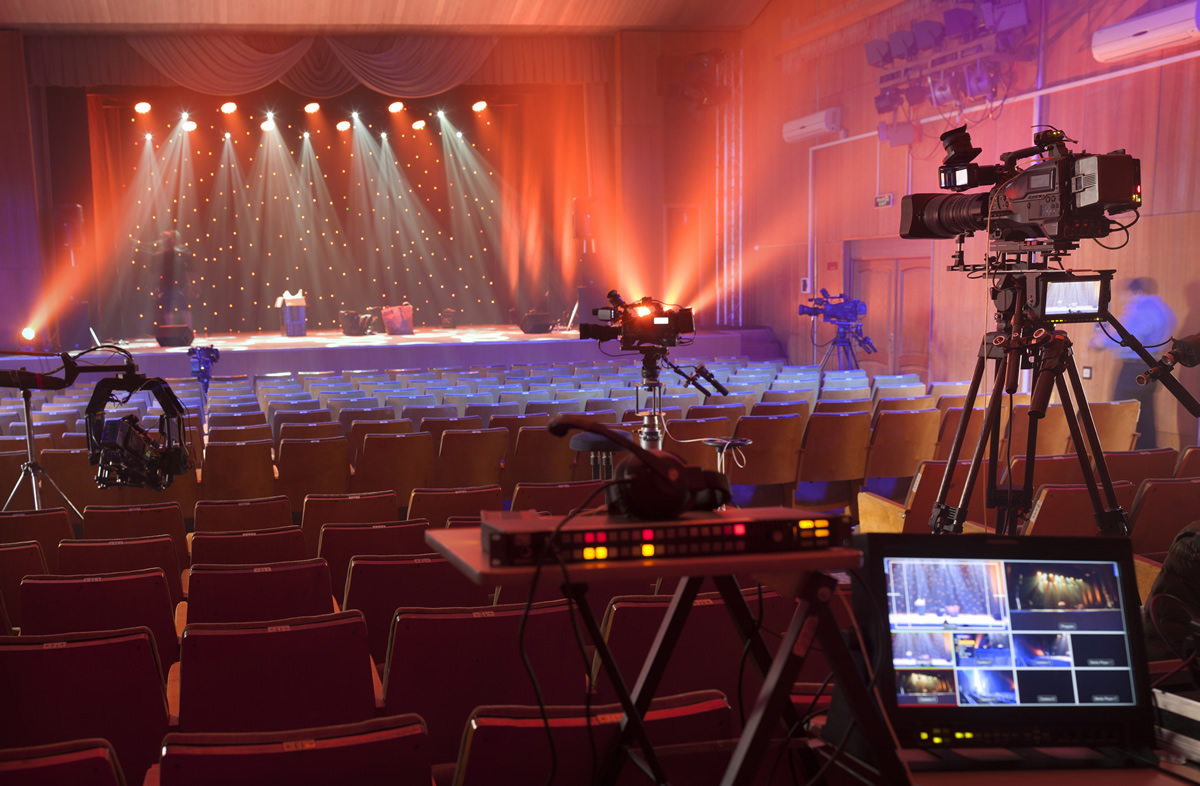Professional Strategies for Guaranteeing Peak Performance of Light Emitting Diode Video Screens During Live Music Shows
Professional Strategies for Guaranteeing Peak Performance of Light Emitting Diode Video Screens During Live Music Shows
Blog Article
Light Emitting Diode display screens are growing increasingly popular for live performances, such as concerts, conferences, and athletic games. These large displays provide vibrant visuals that can improve the spectators' enjoyment. However, to guarantee optimal performance during these events, it is crucial to implement particular tactics. This article will explore five key strategies that can help preserve the quality and dependability of LED display walls during live performances.
Firstly and foremost, correct installation is vital for the performance of LED video screens. The installation should be done by trained experts who understand the technological requirements of the equipment. This entails ensuring that the display wall is securely mounted and that all links are properly made. Additionally, the site of the video screen should be carefully selected to avoid harsh light, which can cause reflection and affect sight. A well-planned installation will help prevent technological issues and ensure that the video screen functions smoothly throughout the performance.
Another crucial strategy is to perform comprehensive testing before the performance starts. This involves operating the video wall through multiple scenarios to verify for any potential problems. Specialists should test the luminosity, color precision, and clarity of the display. It is also essential to check the sound-visual synchronization, especially for performances that feature film playback. By spotting and addressing any problems in advance, performance organizers can prevent interruptions during the live event and ensure a smooth experience for the audience.
In addition to setup and testing, having a backup strategy is vital for the success of LED display walls. Technological malfunctions can happen unexpectedly, so it is crucial to be ready. Event planners should have spare LED video wall tech for live events equipment on hand, such as extra LED panels and cables. Furthermore, having a qualified technician available during the performance can help promptly resolve any issues that may occur. This proactive approach can reduce downtime and keep the event operating seamlessly, ensuring that the spectators remains engaged.
A further tactic to consider is the utilization of suitable content for the LED display wall. The visuals displayed should be top-notch and pertinent to the performance. This means using designs and footage that are specifically designed for massive displays. Content should be tested to make sure it appears good on the video screen and is easy to view from a far. Engaging visuals can improve the total experience and keep the spectators' focus fixed the event.
Finally, regular maintenance of the LED video wall is essential for long-term performance. After each performance, specialists should examine the equipment for any signs of wear or deterioration. Cleaning the panels and verifying links can help avoid subsequent problems. Additionally, keeping software and firmware up to date guarantees that the display screen functions effectively. By focusing on upkeep, event organizers can extend the lifespan of their Light Emitting Diode display screens and guarantee they are always prepared for the upcoming live event.
In conclusion, ensuring optimal performance of LED video walls during live performances requires meticulous preparation and execution. By focusing on proper setup, comprehensive checks, having a backup plan, using suitable content, and regular upkeep, performance planners can create a successful and engaging encounter for their spectators. These tactics not only enhance the visual effect of the performance but also add to its overall success.